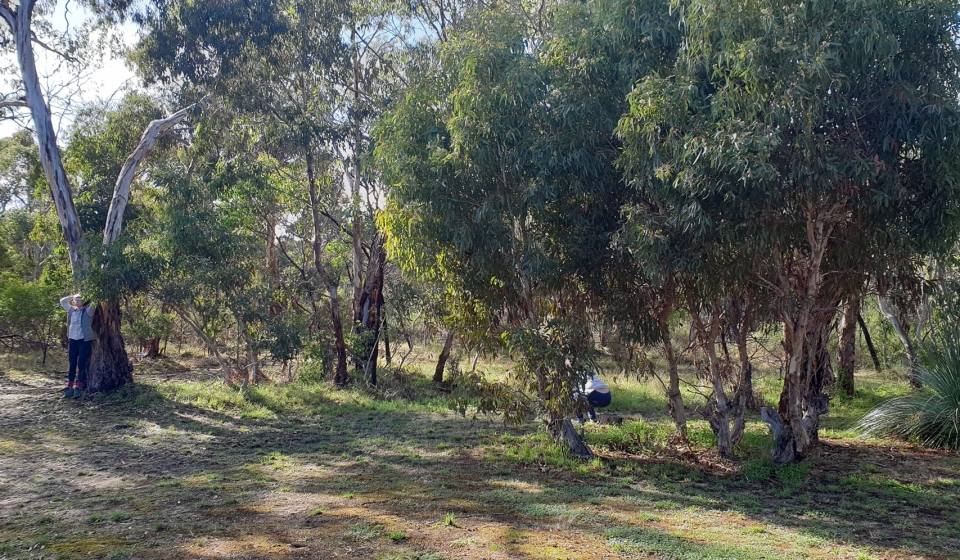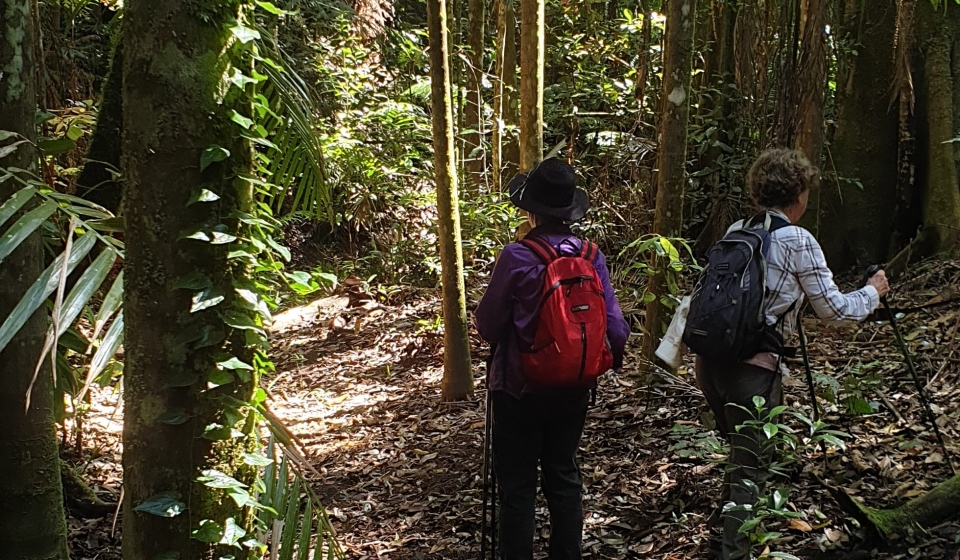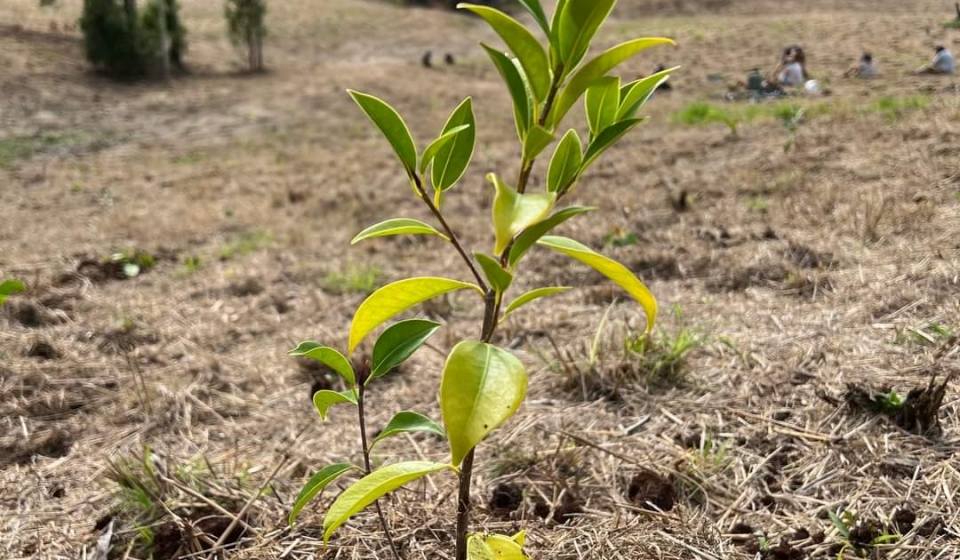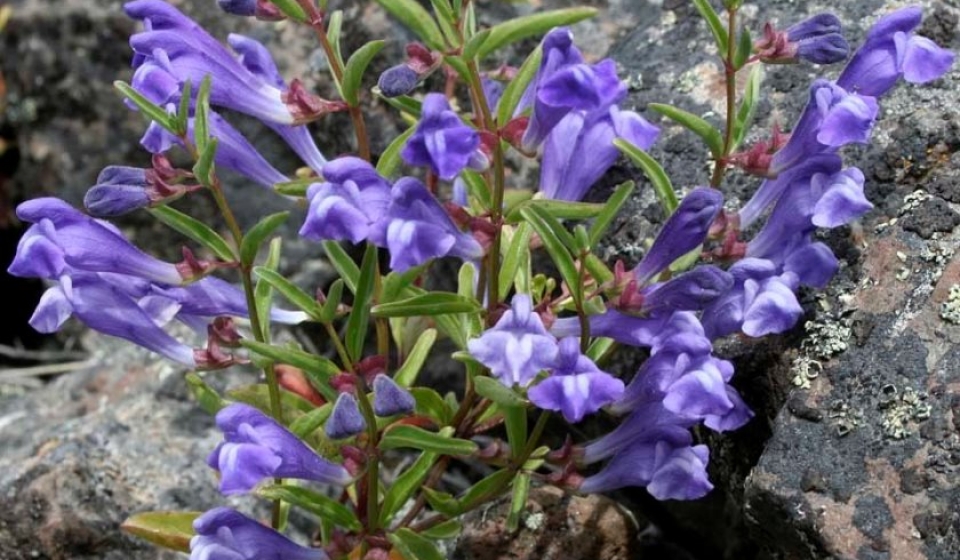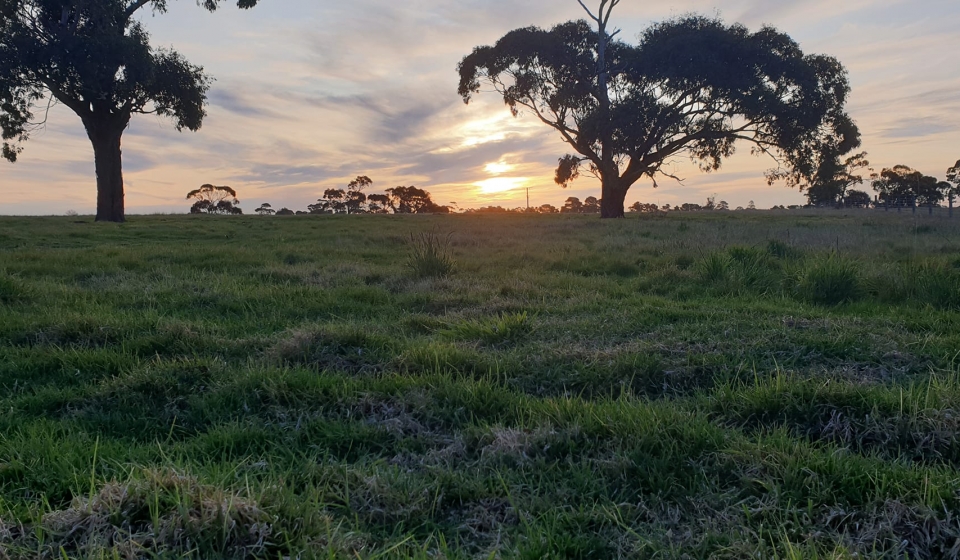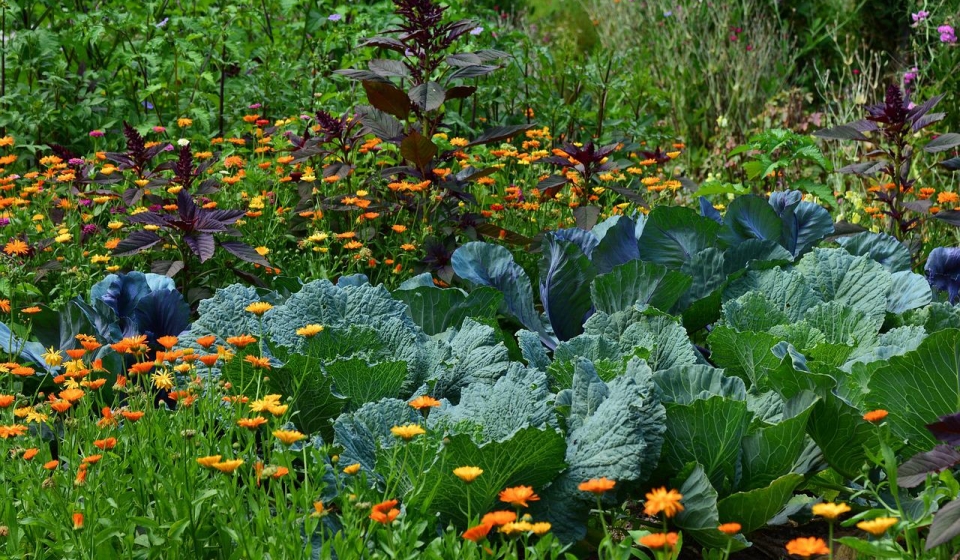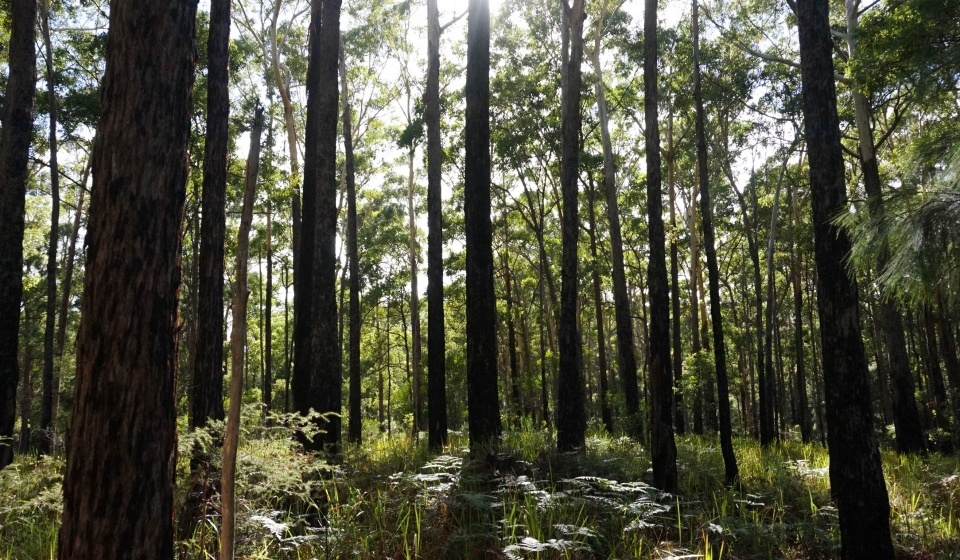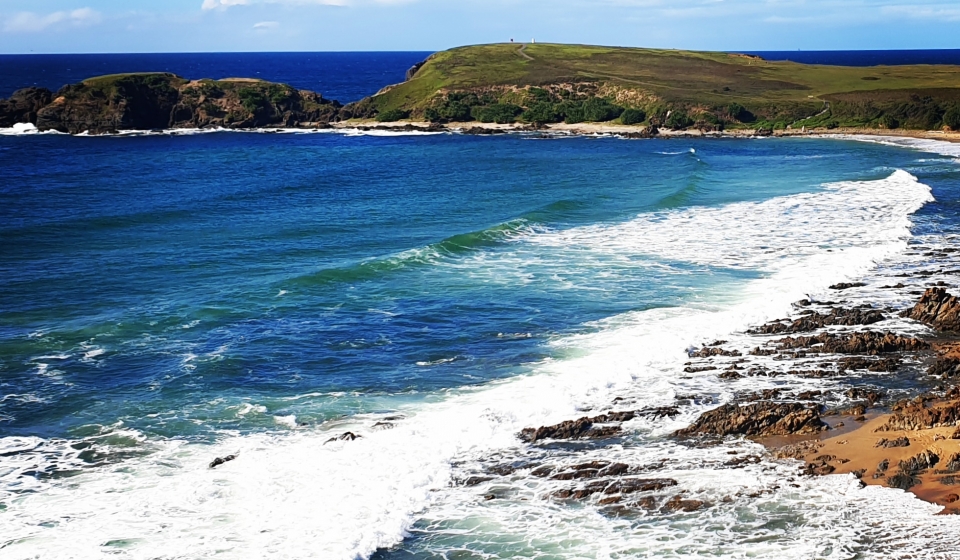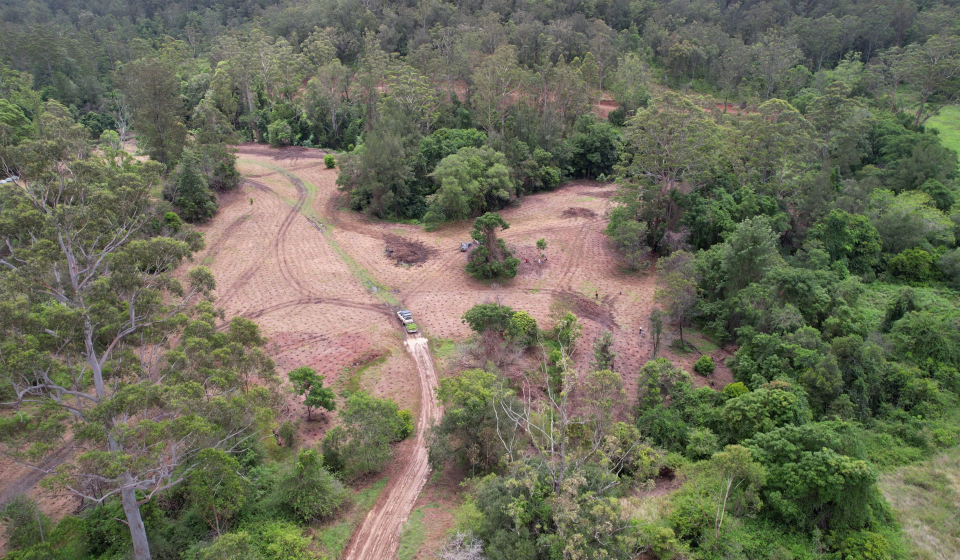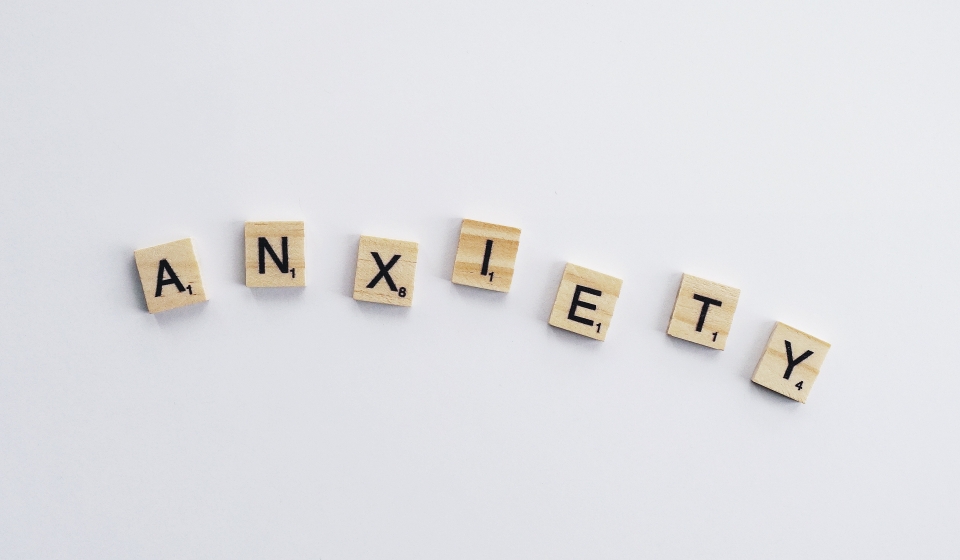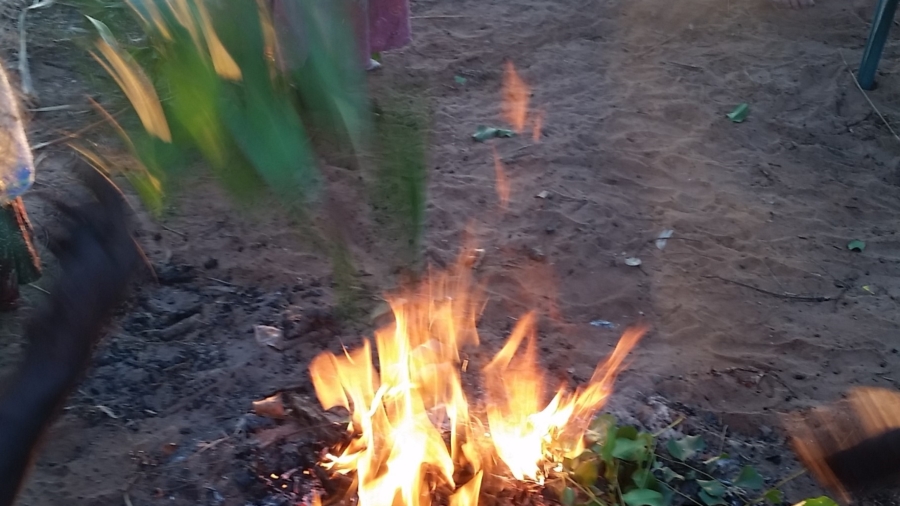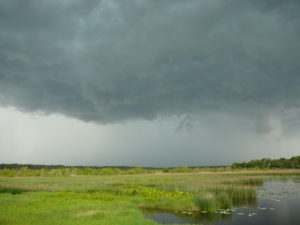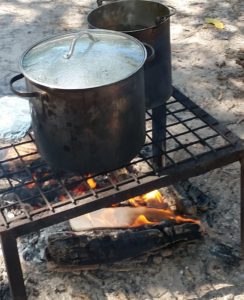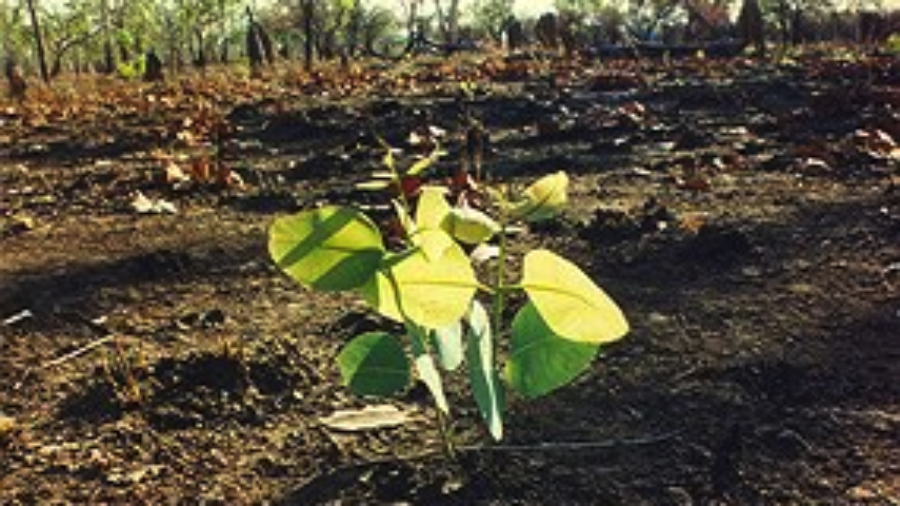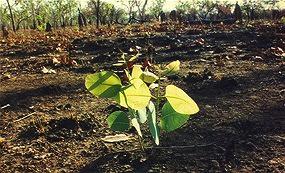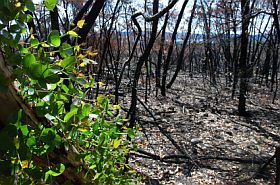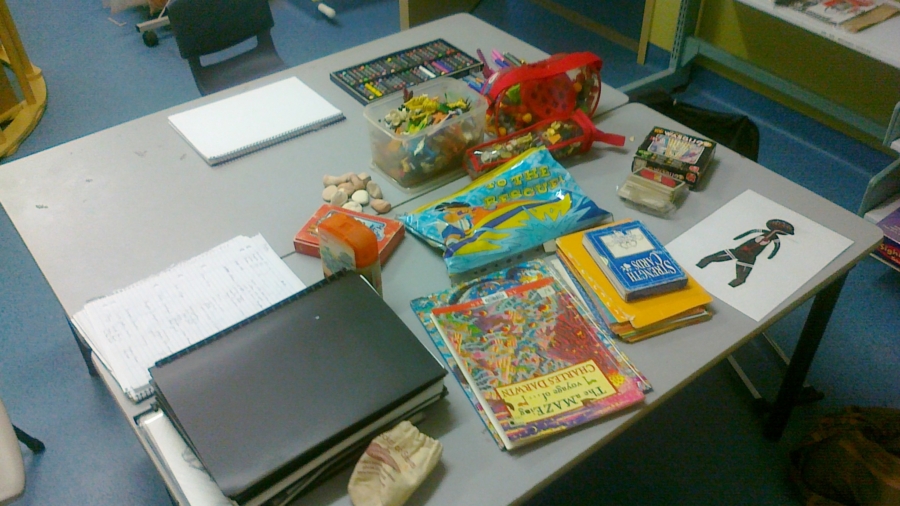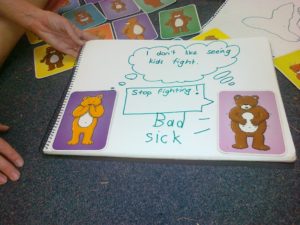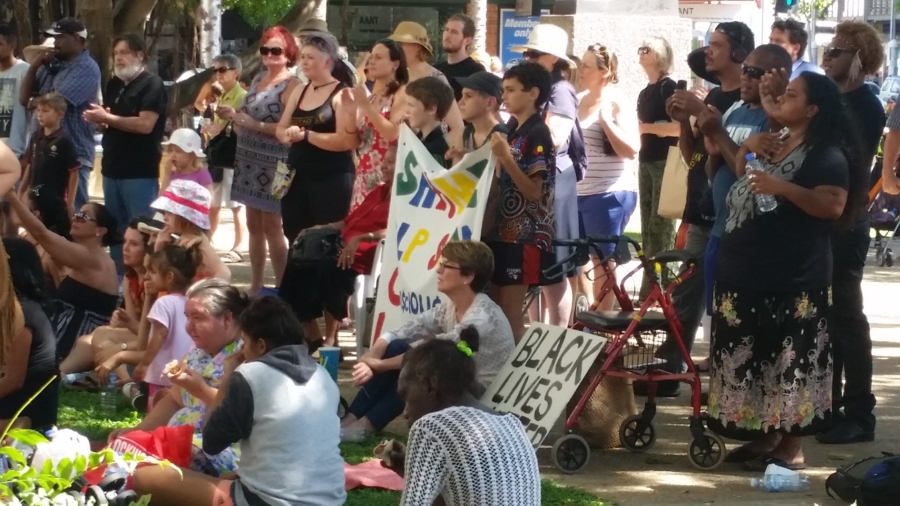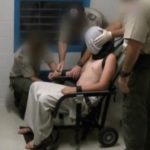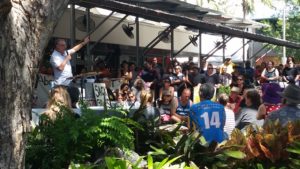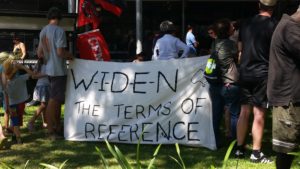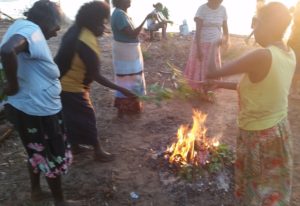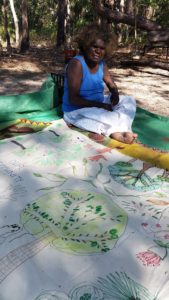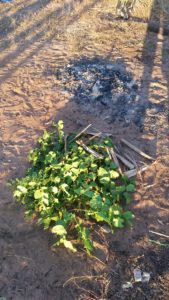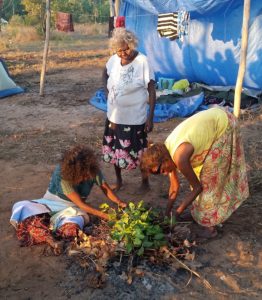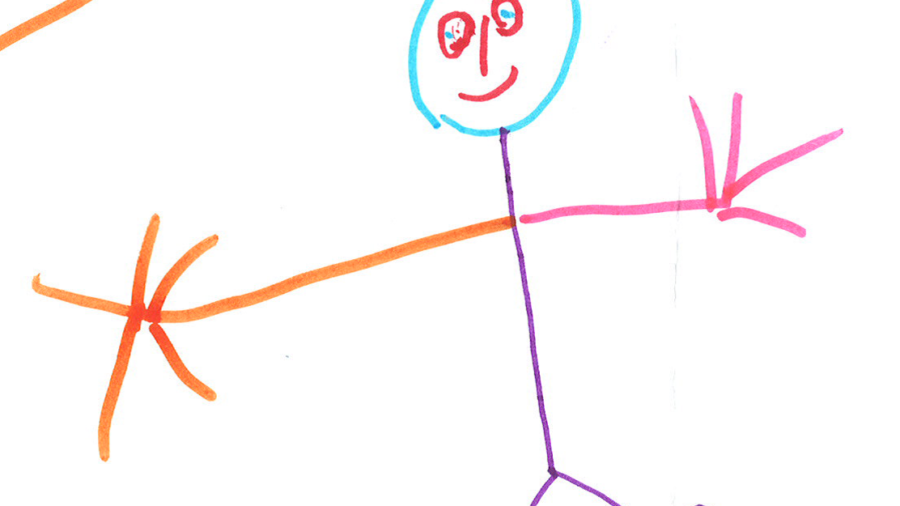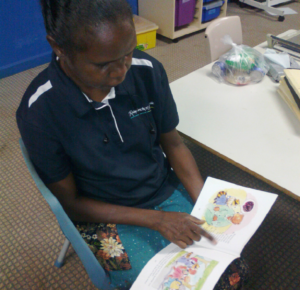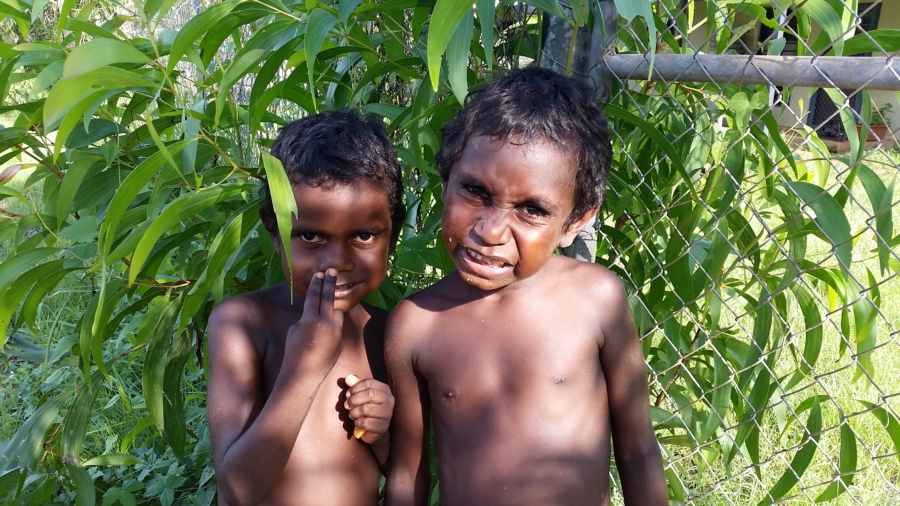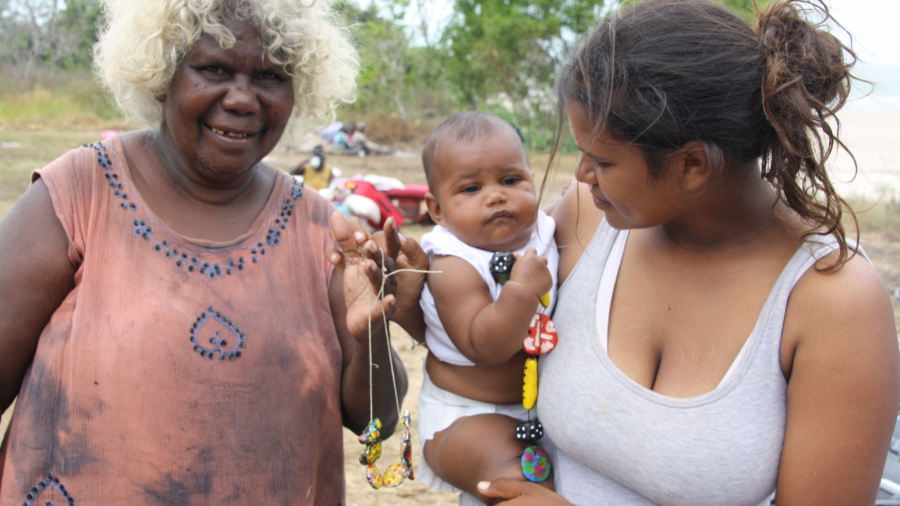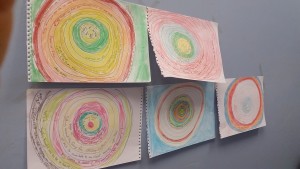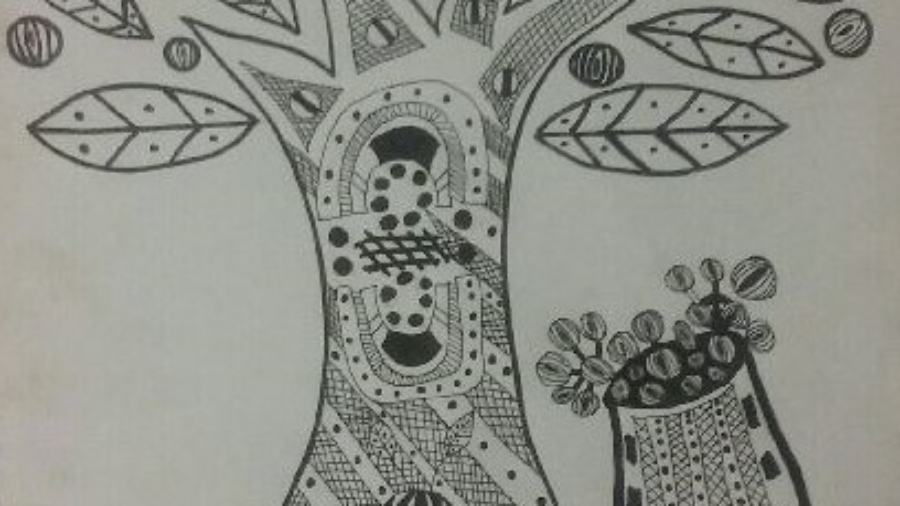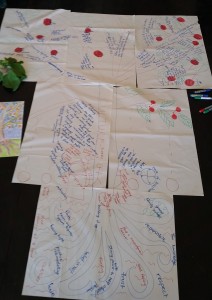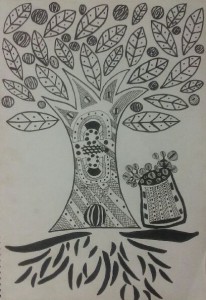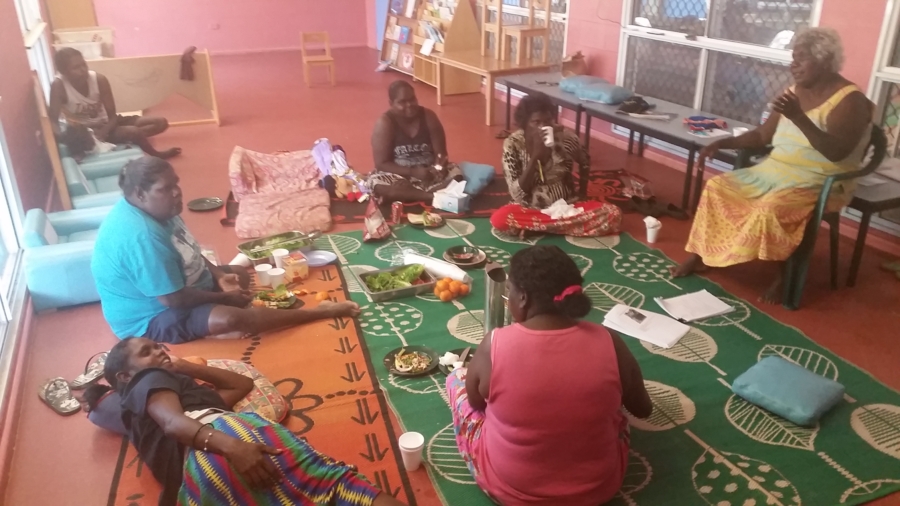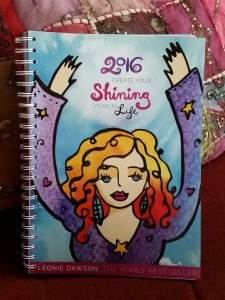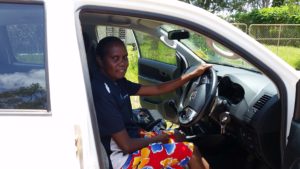
Patricia works as a Child and Family Support Worker at Relationships Australia NT
It was a total accident that Patricia Munkara came to be employed at Relationships Australia as an Aboriginal Child and Family Support Worker. Another Patricia in the community had applied for the job and when I went knocking on doors trying to find her, I ended up going to the wrong house. Or the right house depending on how you look at it. It was Patricia Munkara that ended up with the job. And I am so grateful she did. Now five years later, Patricia has also joined the Healing Our Children project.
There are many things that I admire about Patricia, not least of which was her decision to adopt her grandson six years ago and raise him as her own. This required Patricia to turn her back on a life of gambling, smoking and family unrest.
“He [Patrick] was like an underweight baby, 6 months old, and he was all covered in sores. We didn’t have welfare that time. But luckily I talked to my niece about me and my partner, giving him to us. ‘We can grow him up’ I said. He [Patrick] made me change.”
“I used to gamble, get involved in fighting and violence, arguing with other family. When Patrick came into my care, I learnt bit by bit…. to look after him”
“It changed my life you know, doing good things for him.”
“I want to teach him growing up, take him to school everyday, make sure I keep him healthy. When he is sick I take him to clinic straight away.”
Patricia had clear hopes and dreams for Patrick including teaching him to be independent, work for himself and look after himself.
“Mum was a rolemodel. She taught me everything. How to be independent myself. ‘Look after yourself’ my mum said, ‘maybe in the future you’ll have your brothers grandchildren or children [to look after]’. And that’s true, her word. She taught me how to hunt when there’s no food…She said ’You might go hunting for your brothers kids or grandchildren’. Now I’m doing that.”
“My mum was an adopted kid too. That’s what I’m doing now. Me and Rosita (my sister) growing up kids”.
“I don’t want him (Patrick) when he finish up school to walk around like bludger, doing bad things. Instead [he do] good things.”
One of Patricia’s other strength is her faith and culture. This is something that was also passed down from her mum and dad.
“I had to pray, go to church. I remember crying for my mum and dad when they used to go to church. I used to run behind them when they leave me home.”
“I always be with my dad when he do that kulama ceremony…. He taught me hunting, where my country is, from each place. I still remember going to our country. Our dad took us there when I was a little girl. And we’re teaching our children now.”
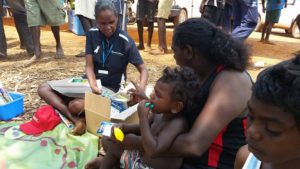
Patricia working in the Healing Our Children project.
Patricia says one of the big motivations for her to become a carer was her knowledge that Patrick was going to grow up without the love of a father. This is where Andrew, her partner comes in as a strong male role model.
“… other kids are bullying and teaching him wrong things, behaviour like swearing and backtalk. I don’t like it… He’s got that cheeky attitude because of those other friends. So Andrew said ‘OK, bring him here [to Raminginging]. [It’s] my turn, I’m gonna teach him now. Andrew gonna grow him up and make him man. So he learn ‘lore’ and he understand behaviour.”
“Andrew will make sure he is [learning about] healthy weight and eating. Andrew teach him about hunting and bush tucker.“
Life hasn’t been easy for Patricia. She has suffered from rheumatic heart disease, the number one killer of young people on the Tiwi Islands.
“I had twice heart surgery. Before I went to Adelaide I was still crying for [Patrick]. The doctor told me that I had two choices. Whether you gonna live or whether you gonna finish. He said to me ‘I give you this pacemaker then you will last longer…and see your grandson growing’. I said to the doctor ‘I don’t want to die, leave my grandson’. I want to raise him up, see him grow, have a little family of his own.”
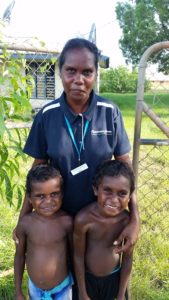
Patricia with Patrick (right) and his younger brother Albert.
So strong is her faith, love and devotion to Patrick, Patricia has even cheated death, to make sure she is around to finish what she started.
“Yeah, Jesus and Mary, they were calling out to me and waking me up. I can remember how I slept, and I was finish, my heart was stopped…When I heard that voice, it was calling out to me get up, get up. I opened my eyes and I saw that bright light. I was in a strange room. I was nearly finish, three days finish, in intensive care… All them nurses, doctors and everything, they had put it [defribulator] on my chest. It wasn’t them that bought me back to life, because I seen that bright light. He [Jesus] was still there standing beside me. He said ‘you not dead, you still alive’. He said, ‘I know what you worrying for…[you are] too much worrying for Patrick and you didn’t want to leave him behind”.
Patricia also believes in the power of culture for healing, something she learned from her father.
“Our doctor told my mum and dad ‘your child got asthma’. My dad used to go hunting every day and when I finished school I always see long bum, mangrove worm, mud muscles cooking. I used to eat that after school. When Kulama ceremony came, my dad gave me that potato to eat, that chilli potato cured my asthma…. Following week I went to check with doctor, no more puffer for me. And when they found out, they sent me for x ray, they thought I had lung problem but nothing. No more short of breath, nothing.”
Patricia is one of the strongest people I know when it comes to tough love and protecting herself from the stress of family humbug. The warning signs of feeling weak and low blood pressure means she takes some time out for herself.
“I help myself. I stay home, watch TV. Sit outside for fresh air or listen to music. Or go for a walk to the airport and come back. When night-time come….sometimes say a little bit of prayer then sleep.”
Thinking about the impact that Patricia has had on Patrick’s life, she recalls Patrick telling her recently
“Amawu [grandma], I can remember everything you taught me, I’m still growing and I’m still gonna learn more from you. And I’m gonna teach my little brother.”
For Patricia the impact on her is profoundly simple “He has given me new life.”
But the last word should go to Patrick. When I asked him what was the best thing about his grandma he replied
“Amawu tells me go to school and learn everyday.’
Patricia is now considering having another two children come into her kinship care. Despite being on the Disability Pension, Patricia chooses to work because she is passionate about protecting children in her community and supporting women who are struggling. It’s a privilege to work alongside such an inspirational strong woman.

